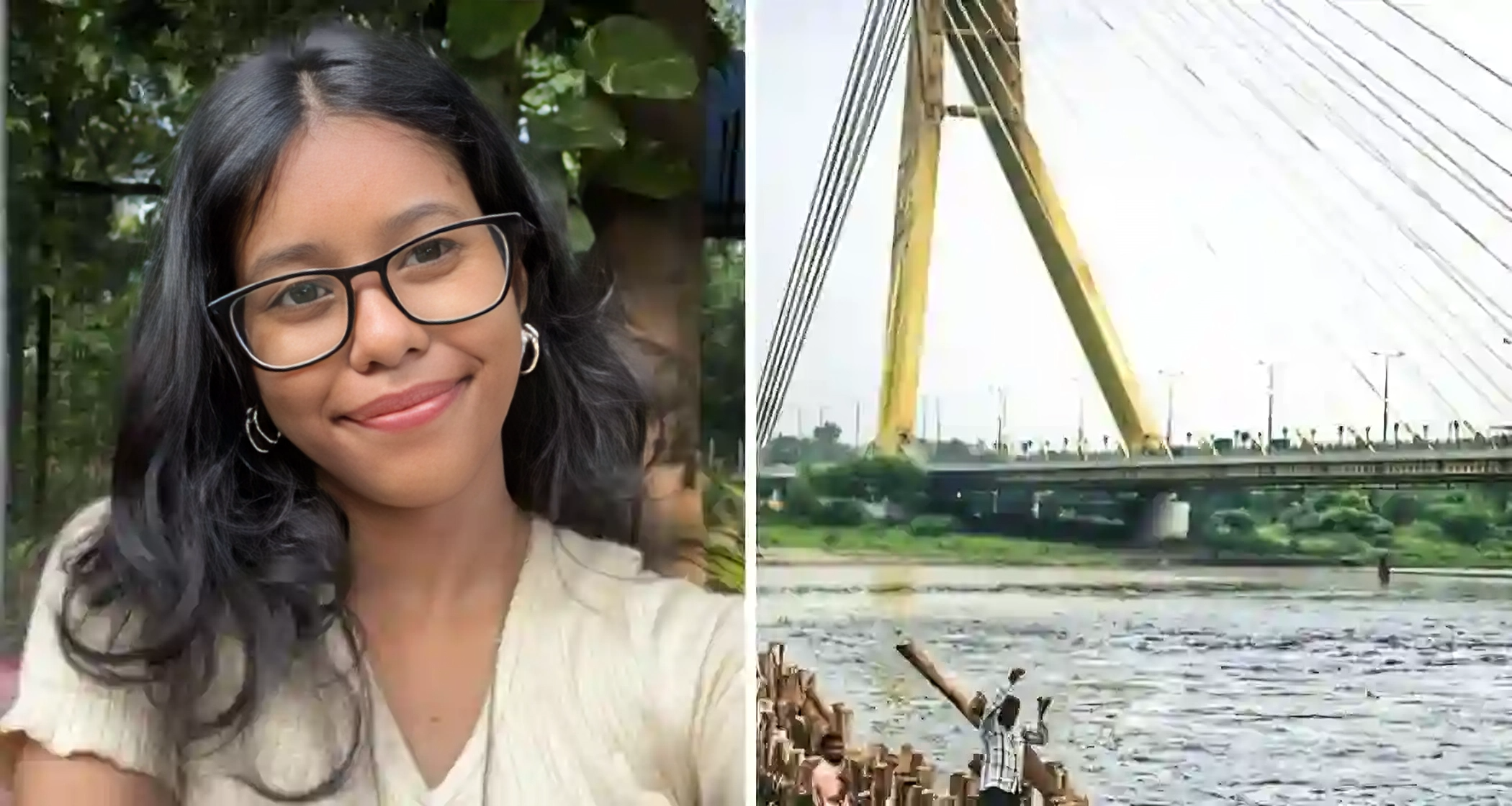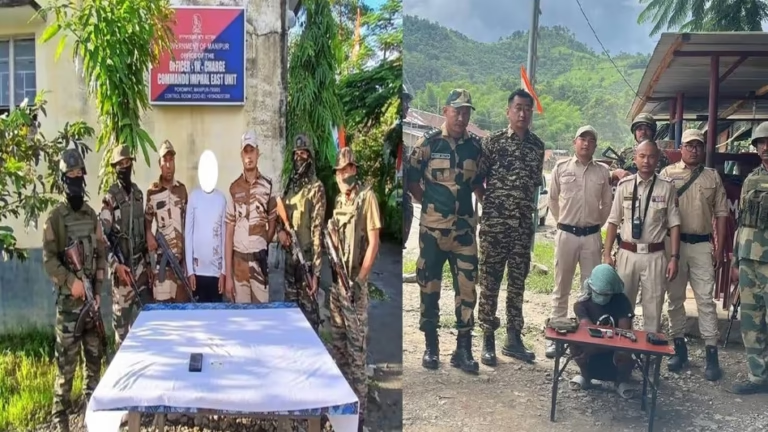DELHI UNIVERSITY STUDENT SNEHA DEBNATH FOUND DEAD IN YAMUNA: A TRAGIC CASE UNDER THE SIGNATURE BRIDGE
Summary of the News
Sneha Debnath, a 19-year-old mathematics student at Delhi University’s Atma Ram Sanatan Dharma College and a data science intern, went missing on July 7, 2025. Originally from Tripura, she left home early in the morning to drop a friend at Sarai Rohilla station but was reportedly taken to Signature Bridge instead. A handwritten note left behind indicated she intended to end her life, citing feelings of failure and being a “burden.” After six days of frantic searching, her body was recovered from the Yamuna River on July 13 near Geeta Colony flyover. Her family and friends have raised suspicions about possible foul play, citing the poorly functioning CCTV cameras on the bridge and the brief, inexplicable note
In-Depth Analysis: The Mysterious Death of Sneha Debnath
1. A Bright Life Cut Short
Sneha wasn’t just a regular student—she was what you’d call an overachiever. Pursuing a four-year mathematics degree while simultaneously studying data science and programming under IIT Madras, and interning with an Australian firm, she represented ambition personified. A cousin noted, “she did not want money from anybody,” showing her independence and drive . How could such a promising life end so suddenly?
2. The Fateful Morning of July 7
Sneha left her Paryavaran Complex home early that Monday, saying she’d drop a friend at Sarai Rohilla Station with a phone call at 5:56 am. But when contacted again at 8:45 am, her phone was unreachable. The friend never met her, and the cab driver later revealed that Sneha was dropped at Signature Bridge, a bridge notorious for its malfunctioning CCTV infrastructure .
3. The Suicide Note—Too Brief to Explain Much
A short, four-line note found in her room stated she chose to end her life as she felt like a burden and a failure, and insisted there was “no foul play.” The note felt abrupt and shallow—her sister Bipasha said it made “no sense,” questioning why she traveled all the way to a blindspot bridge if truly intent on suicide. Isn’t life often messier than a few lines on paper?
4. Suspicious Circumstances and Missing Evidence
Signature Bridge had 60 CCTV cameras, but none were operational at the time of her disappearance, leading to serious lapses in tracing her steps . The missing footage, combined with the odd note and the choice of location, raises unsettling questions. Was it really suicide—or something more sinister?
5. The Grueling Search Effort
After family filed a kidnapping FIR, the NDRF and Delhi Police scoured the Yamuna from Signature Bridge all the way to Noida. Technical surveillance and eyewitness reports placed her on the bridge, but there was no clarity beyond that. On July 13, her body was retrieved near Geeta Colony flyover—some 10 km downstream—confirming the tragic end to the search .
6. Family Speaks—Demanding Answers, Not Sympathy
Her sister, Bipasha, expressed deep frustration at police delays and apathy. She criticized the investigation: why did it take over 48 hours to file an FIR? Why did detectives dismiss the note? Why wasn’t the MacBook examined promptly? She said, “I feel like we are doing more work,” illustrating the family’s anguish and sense of helplessness
Conclusion: Beyond a Tragic Headline
Sneha Debnath’s life was bursting with potential. Her loss isn’t just personal—it’s a reflection of collective shortcomings: a surveillance network that failed, an investigation that stuttered, and a system that didn’t fully protect a sensitive young mind. Her story demands action—not only answers.
As the investigation moves forward, our role is not just to demand accountability but to nurture empathy, improve safety, and build support systems that prevent such tragedies from repeating.
FAQs
1. Why did Sneha choose Signature Bridge?
It’s unclear. Her note cited that location, but her sister argues it’s strange to go somewhere with no CCTV if intent on suicide. The bridge may have been chosen due to underlying reasons we’re yet to know
2. Could foul play be involved?
The brief note, failed CCTVs, and her mental state suggest possible manipulation. A forensic autopsy and digital investigation are essential to determine that.
3. Who is responsible for CCTV maintenance?
Public Works and Delhi police jointly manage CCTV systems. Authorities must clarify why 60 cameras were inactive at a known risk zone.
4. What support did Sneha receive for mental health?
There’s no clear record of counseling. As a top student juggling education and family stress, she might have fallen through the cracks of available mental support systems.
5. How can universities better support students?
Implement mandatory, easy-to-access counseling, reduce stigma, train staff in mental healthness, and build peer-support networks. Emotional wellness should be part of academic success.





